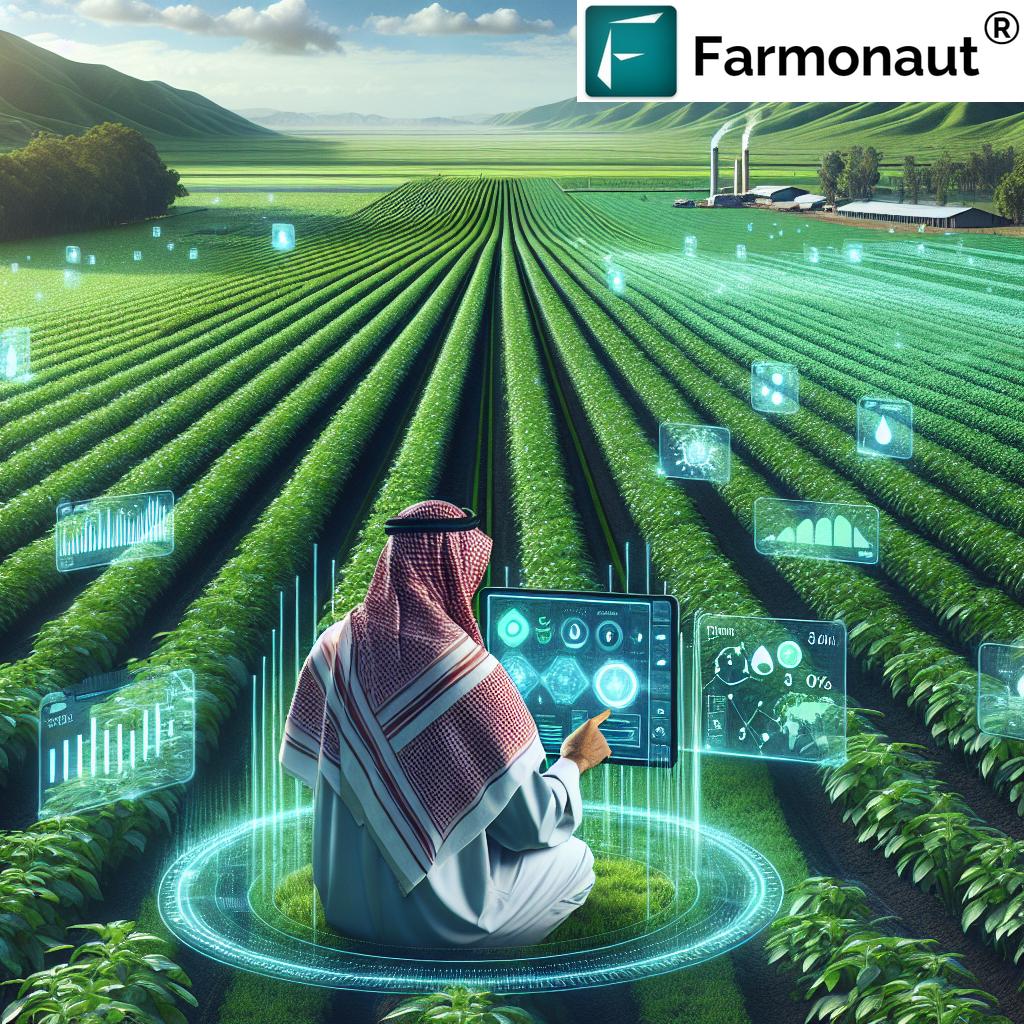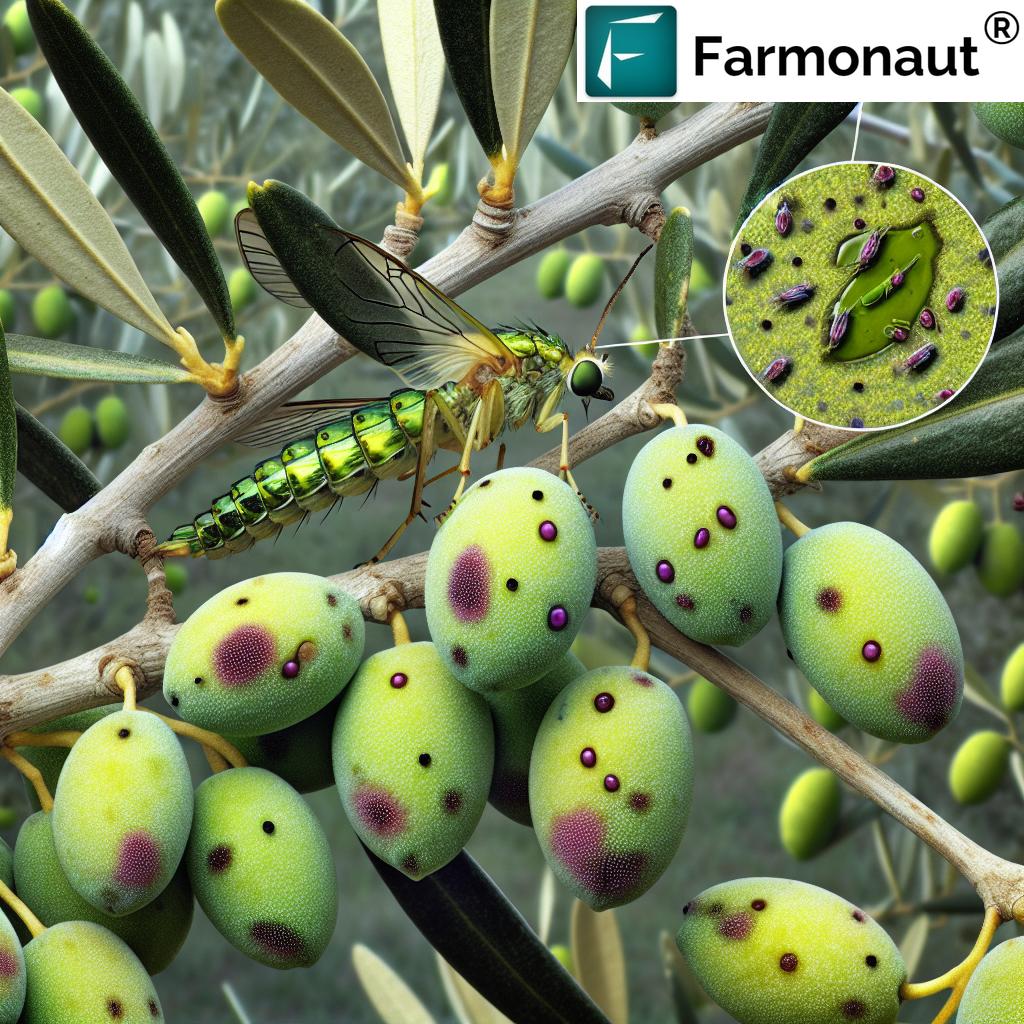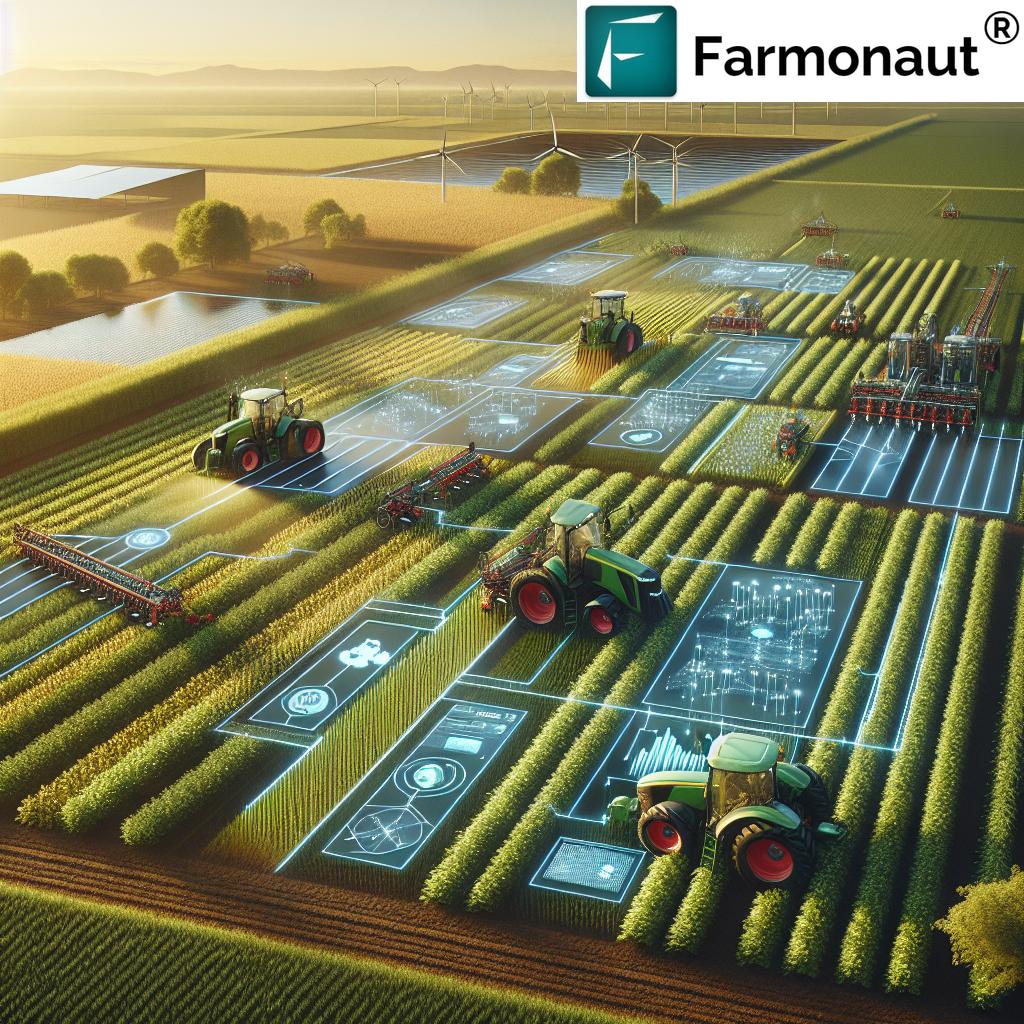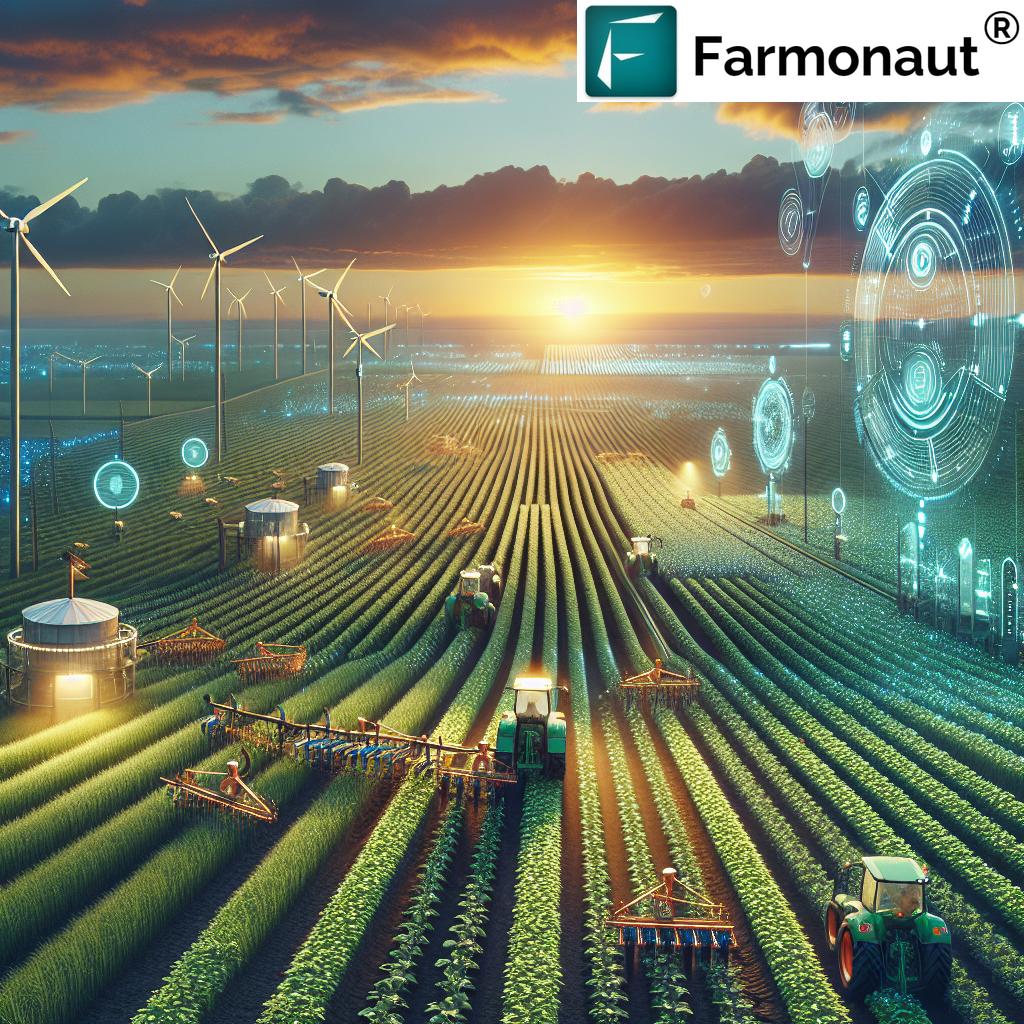Tractor Farming 2025: Best Agriculture Farming Tractors
Tractor farming in 2025 continues to be a driving force in agriculture, addressing the ever-growing demand for food production and operational efficiency. The farming tractor has long been the backbone of agricultural operations, but today, rapid technological advancements are revolutionizing how farmers across the globe cultivate, plant, and harvest crops.
As global food demands increase with an expanding population, the tractor remains vital in minimizing labor, maximizing output, and enabling sustainable agricultural practices. With integration of GPS, IoT, and AI within tractor agriculture farming, farmers can make precise, data-driven decisions, optimize soil and fertilizer use, and deploy resources more responsibly.
This comprehensive guide explores the key trends, technologies, and innovations that define the best agriculture farming tractors in 2025, ensuring your farm thrives in a changing world.
“By 2025, over 70% of new farming tractors will feature advanced GPS and automation technologies.”
The Future of Tractor Farming: Key Trends and Themes

The 2025 landscape for tractor farming is defined by an intense focus on technology & innovation. It’s no longer just about raw horsepower. Instead, the most effective farming tractors in 2025 focus on:
- Advanced automation and precision agriculture systems
- Lowering operating costs and input use
- Enabling sustainable farming practices
- Using real-time data, analytics, and machine learning
- Enhancing operator comfort and farm safety
- Transitioning toward electric, hybrid, and autonomous tractor models
What Makes a Modern Farming Tractor Indispensable?
A modern farming tractor in 2025 is more than just a powerful machine. It’s a versatile tool that:
- Enhances productivity in diverse operations—plowing, tilling, planting, harvesting, and transporting goods.
- Empowers farmers by minimizing labor requirements and maximizing output.
- Enables site-specific management of soil, fertilizer applications, and irrigation schedules.
- Drives sustainable agricultural practices by optimizing resource management and reducing waste.
- Remains the cornerstone of crop production in mechanized, precise farming methods.
Thanks to continued advances in technology, today’s tractors are equipped with integrated tools for monitoring, decision-making, and efficiency—making them truly indispensable in the global context of tractor agriculture farming.
2025 Tractor Technologies: Smart, Efficient & Sustainable
Key Technological Advances in Tractor Farming
-
Advanced GPS and Automated Guidance Systems:
Modern tractors are now equipped with GPS and automation technologies that allow farmers to guide tractors with pinpoint accuracy, minimize overlap, and reduce fuel usage.
-
Integrated IoT and Real-time Monitoring:
Sensors and IoT modules monitor soil health, fertilizer application, climate conditions, and machinery status, feeding this real-time data into centralized management systems.
-
AI-Powered Decision-Making:
AI processes data analytics and machine learning models to help farmers make informed decisions on everything from planting windows to irrigation schedules.
-
Precision Agriculture Tools:
Precision tools for fertilizer application, pest control, and harvesting greatly reduce waste and improve yields.
Why These Innovations Matter
Such innovations are reshaping the global agriculture ecosystem, helping farmers not only meet but surpass growing food demands while lowering input costs, minimizing waste, and driving eco-friendly practices.
Precision Agriculture: Redefining Tractor Efficiency in 2025
Precision farming leverages data analytics, satellite imagery, and sensor-based systems to turn tractors into smart machines capable of performing site-specific operations. The result is a dramatic increase in efficiency and sustainability.
How Precision Farming Tools Transform Tractor Agriculture
- Soil and Crop Health Monitoring: Sensors and satellite data inform tractors about the precise nutrient status of each field section.
- Optimized Fertilizer and Water Usage: Tools allow applying only as much as needed, reducing waste and runoff while maximizing crop yields.
- Automated Planting and Tilling: Machines learn the best times and methods for planting and tilling based on real-time climate and soil conditions, guided by historical data and AI.
- Pest and Disease Detection: Integrated systems identify issues early, allowing timely, targeted intervention to reduce losses.
- Logistics and Fleet Management: Streamlined movement of tractors and transport of goods across vast agricultural areas increases overall farm productivity.
Precision agriculture solutions are key to reduced greenhouse gas emissions and cost savings—enabling truly sustainable tractor farming operations.
Sustainability in Tractor Agriculture Farming

One of the biggest themes in 2025 is the move towards sustainable tractor agriculture farming. Tractors today are being designed and manufactured with climate impact top-of-mind.
-
Electric and Hybrid Tractors:
These powerful machines offer reduced greenhouse gas emissions, lower operating costs, and quieter, cleaner equipment.
Learn more about carbon footprint monitoring for sustainable agriculture here. -
Eco-Friendly Designs:
Many tractors now use materials and components that minimize environmental impact and extend machine lifespan. -
Smarter Resource Use:
Precision in fertilizer application and irrigation means less waste, helping conserve water and nutrients. -
Data-Driven Compliance:
AI and satellite insights help farmers track their carbon footprint, promoting greener agricultural operations.
These changes align with global efforts to combat climate change, ensuring farming remains viable, responsible, and productive well beyond 2025.
Comparison Table of Top Farming Tractors 2025
Finding the best tractor for farming in 2025 is all about balancing power, technology, sustainability, and price. Below is a comprehensive table comparing leading agriculture farming tractors, their unique features, and estimated performance metrics for efficient crop production.
*Estimated based on published, public data for 2025 models. Ratings consider carbon emission reductions, renewable energy use, waste minimization, and technology features.
These tractors represent the cutting edge of efficiency and sustainability in modern farming.
Farmonaut: Satellite Technology Powering Agriculture Farming Tractor Innovations
While Farmonaut does not manufacture tractors, we empower the future of tractor farming through our advanced satellite, AI, and data-driven agricultural solutions.
- Satellite-Based Monitoring: Our large-scale farm management platform provides real-time crop health, soil, and resource analytics through multispectral satellite imagery—helping farmers use their tractors for site-specific planting, fertilization, and harvesting.
- AI Advisory Systems: Our Jeevn AI delivers actionable advice to optimize tractor operations, irrigation schedules, and input application, maximizing yields and ensuring sustainable output.
- Resource and Fleet Management: Our fleet management tools enable efficient machinery deployment, route planning, and tracking to lower costs and improve operator safety.
-
Environmental Impact Monitoring:
We provide carbon footprinting solutions for agricultural businesses, helping them comply with regulations and adopt sustainable practices.
Our platform is accessible from browser, Android, or iOS Apps, and also offers a powerful API for seamless integration. See our API documentation here.
Operator Comfort and Safety in Farming Tractors
As tractors become more technologically advanced, there’s equal emphasis on operator comfort and safety. Long, intensive farming operations demand machinery that minimizes fatigue and risk.
- Ergonomic Cabins: Modern tractor cabins are isolated from extreme weather, have advanced suspension, and include climate control to ensure operator well-being.
- Automated Controls: Smart controls and displays reduce manual labor and let farmers oversee operations efficiently.
- Real-Time Safety Monitoring: Sensors and cameras alert operators to hazards, preventing accidents and maximizing overall farm safety.
Autonomous and Electric Tractors: The Shift Toward the Future
In 2025, autonomous tractors are increasingly adopted, especially in large-scale and commercial agriculture farming. Here’s why these trends are significant:
- Unmanned Operations: Self-driving tractors operate 24/7, maximizing output and minimizing labor needs.
- Electric and Hybrid Models: Not only reduce operating costs and emissions but also require less maintenance, making them very attractive investments for 2025 and beyond.
- Smart Collaboration: Autonomous systems can coordinate with other on-farm machines, enabling a fully integrated farm ecosystem.
Integrated Smart Farming: Tractors, Drones & Robotics
Tractor agriculture farming in 2025 is part of a fully integrated smart farming system. Tractors work collaboratively with drones, robotics, and sensors to further optimize all phases of agricultural production:
- Drones scout large fields, report real-time crop health status, and guide tractors to areas requiring intervention.
- Robotic Implements attached to tractors automate planting, tilling, and harvesting.
- System-wide Analytics delivered via cloud or API, inform decision-making from one field to hundreds—empowering even small farms to operate like large enterprises.
Farmonaut solutions integrate seamlessly with precision tractor systems, delivering the critical data needed for efficient management at scale.
“Modern tractors can reduce fuel consumption by up to 20% through precision agriculture systems in 2025.”
How to Choose the Best Tractor for Farming in 2025?
Selecting the optimal agriculture farming tractor in 2025 should be based on several key factors:
- Power and Capacity: Ensure the machine is powerful and versatile enough for your crops and region.
- Technology Integration: Look for AI, GPS, IoT features that allow intelligent, data-driven operations and remote monitoring.
- Sustainability: Prioritize models with higher fuel efficiency, electrification, and eco-friendly ratings.
- Adaptability: Advanced tractors should support multiple implements and cooperate with other smart farm devices.
- Cost & Financing: Factor in both purchase and operating costs, as well as available financing and insurance options.
Explore satellite-based crop loan and insurance verification here. - Fleet Management: Leverage advanced digital fleet management tools for cost savings and utilization efficiency.
Use our Comparison Table of Top Farming Tractors 2025 to start your search!
Explore Farmonaut’s Advanced Satellite-AI Solutions
At Farmonaut, our subscription plans enable farmers, agribusinesses, and governments to scale up monitoring, resource management, and decision-support using smart data from satellites and AI. Monitor carbon footprint, enable transparent product traceability, or manage large-scale farm operations—all through our affordable, user-friendly platform.
Developers, see Farmonaut’s API documentation for integration options.
FAQ: Tractor Farming 2025
Q1: Why is the farming tractor still essential in modern agriculture?
The farming tractor remains the cornerstone of efficient agricultural production thanks to its versatility and ability to reduce labor while delivering precise, mechanized operations from plowing to harvesting. Modern tractors are equipped with technology, ensuring they continue to revolutionize farming.
Q2: What are the key sustainable features of the best agricultural tractors in 2025?
The best agriculture farming tractors in 2025 feature:
- Hybrid or full electric powertrains for reduced greenhouse gas emissions
- Advanced precision farming systems to lower input waste
- AI and IoT integration for informed, eco-friendly management decisions
Q3: How does Farmonaut support smart tractor farming?
We provide real-time satellite monitoring, AI-based advisory, and fleet/resource management tools that integrate with smart tractors—empowering farmers and agribusinesses to operate more efficiently, sustainably, and profitably.
Q4: Can small farms benefit from advanced tractor technology?
Absolutely. Many tractor models are now scalable and accessible, and with platforms like Farmonaut offering affordable, modular satellite insights, even small farms can harness precision technology for better yields and resource savings.
Q5: Where can I try Farmonaut’s smart farming solutions?
Our solutions are available via the Farmonaut web app and through Android and iOS apps.
Conclusion: Tractor Farming’s Role in Sustainable Agriculture
Tractor farming in 2025 is a symbol of both agricultural tradition and transformative technological innovation. Today’s farming tractor empowers farmers to meet global food demands while minimizing labor, maximizing output, and actively promoting sustainable practices.
Through smart integration of satellite, AI, and precision agriculture tools, as championed by platforms like ours at Farmonaut, tractor agriculture farming is enabling data-driven, environmentally responsible, and highly productive operations—across large commercial agriculture and small family farms alike.
As tractor technology continues to evolve—with autonomous capabilities, electrification, and complete farm integration—the tractor will remain the backbone of crop production and a key player in feeding the future sustainably.














